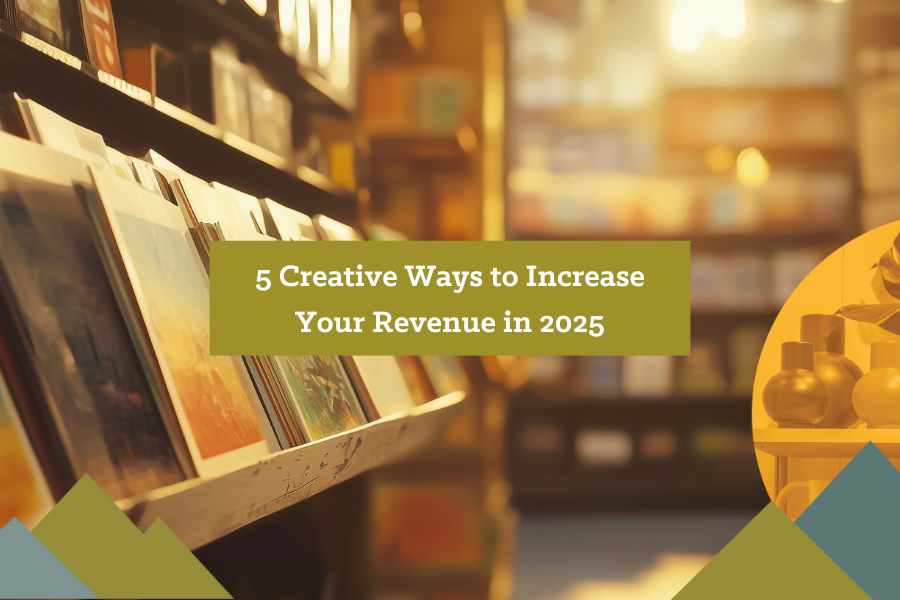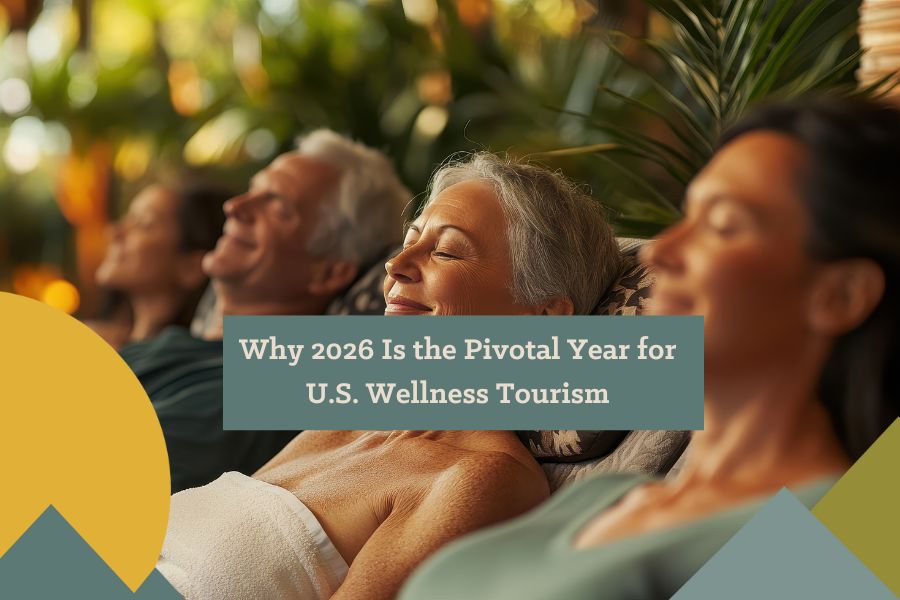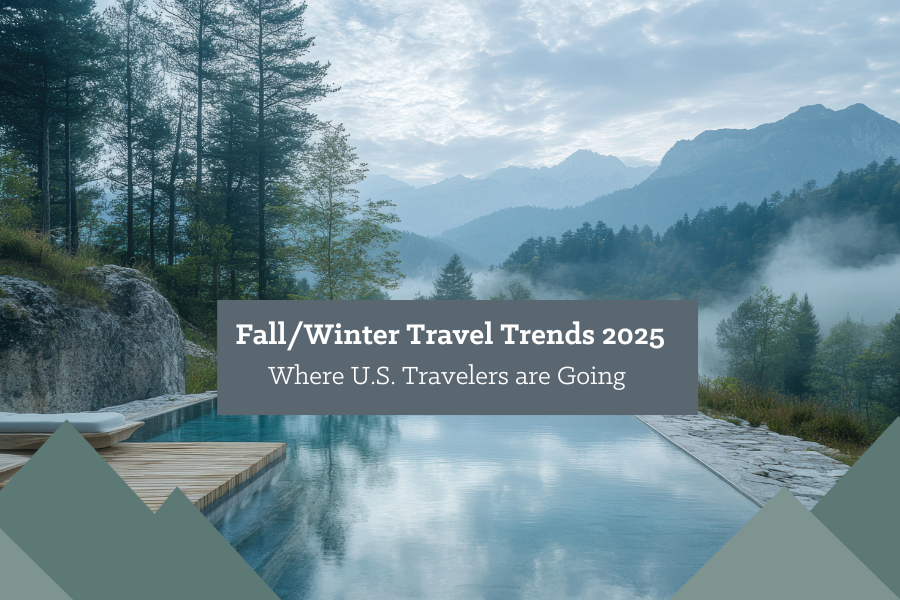Earlier this week, our team wrote about how wellness-focused tourism is driving American travelers to destinations within the U.S. The numbers tell a compelling story. Wellness tourism is booming, and your guests are actively seeking destinations that offer transformative experiences. There’s also a massive retail opportunity that comes with this trend. This article focuses on monetizing the wellness tourism trend through retail products and merchandising strategy, with key takeaways straight from the buyers who are making it work.
Wellness Retail as a Revenue Multiplier
Wellness tourism isn’t just changing how your guests book trips—it’s transforming what they expect to take home from those experiences. For hotels, this creates a direct retail opportunity that can significantly boost your revenue per guest.
Your guests increasingly want to purchase the products they’ve experienced during their visit. Whether it’s that calming spa oil they loved, the sleep-enhancing textiles from their room, or a sustainable accessory that reflects your destination’s values.
They’re not just buying a t-shirt. They’re investing in their ongoing wellness journey.
The revenue impact is tangible. More importantly, these purchases create ongoing touchpoints with guests—repeat customers who return not just for stays, but for the ongoing products and experiences that support their wellness journey.
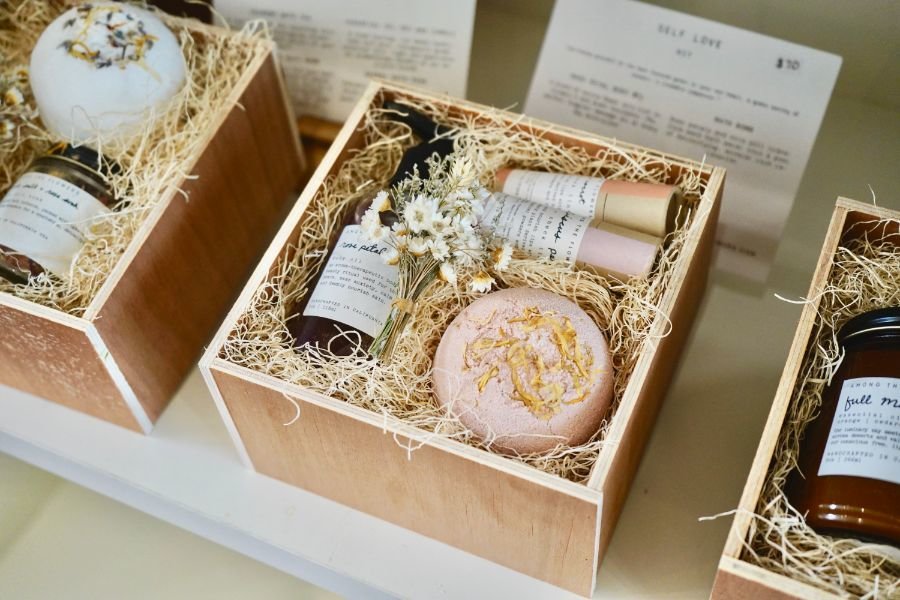
High-Opportunity Product Categories
The first, and easiest way to extend guest experiences into additional revenue is products. The product categories with strongest demand from wellness-seeking travelers span several key areas that also offer highest-opportunity opportunities. They are:
- Skincare and aromatherapy: Botanical formulations that extend your spa treatments, whether branded partnerships or private label blends using local ingredients. According to Skin Inc., retail products can yield margins of up to 40%, compared to spa treatments which typically hover around 10% after factoring in consumables, labor, and other costs. Price points between $25-85 perform best, with gift sets driving higher transaction values.
- Sleep and recovery products: Circadian-aligned eye masks, premium bedding lines, or sound therapy tools that replicate what guests love about staying with you. The key here is making in-room amenities available for purchase. Guests have already experienced the quality firsthand. Successful properties often partner with their existing bedding suppliers to offer guest-exclusive purchasing options.
- Wellness supplements and nutrition: Vitamin packs, herbal blends, or functional powders that align with your programming, available as branded or co-branded options. Medical spa industry data shows that retail skincare sales contribute 20% of med spa revenue, indicating strong demand for consumable wellness products. This category requires careful navigation of regulatory requirements, but the margins and repeat purchase potential make it worthwhile for larger properties.
- Wearable wellness devices: Fitness trackers or wellness monitors, either through brand partnerships or co-branded exclusives. While margins are typically lower than consumable products, these items often serve as gateway purchases that lead to higher-value transactions.
- Destination-branded wellness apparel: Yoga wear, outdoor adventure gear, or leisure pieces that guests want to wear as a connection to their experience. The key is quality. Wellness travelers expect premium materials and construction that matches their values.
- Sustainable travel essentials: Refillable water bottles, zero-waste kits, and eco-friendly accessories that align with environmental messaging. These products often have the highest inventory turnover and create positive brand association with sustainability-minded guests.
- Customized wellness bundles: Product sets tailored to different guest profiles that extend personalized wellness journeys at home. The most successful bundles combine consumable products (aromatherapy, supplements) with durable goods (accessories, tools) to create varied price points and repurchase opportunities.
Integrate Products Throughout the Guest Experience
The most successful destinations integrate retail touchpoints throughout the guest journey, from pre-arrival communications to post-departure follow-up. This seamless integration transforms product sales from afterthoughts into natural extensions of the wellness experience.
Before Guests Arrive
Pre-arrival integration starts with your booking confirmation emails. Leading properties include curated product catalogs featuring items that complement booked experiences—yoga accessories for guests attending classes, or sleep enhancement products for those booking spa treatments. Some properties offer pre-arrival product bundles that are waiting in guest rooms upon arrival.
While Guests are at Your Destination
During-stay touchpoints are where the real magic happens. Spa treatments become product showcases—not through aggressive sales, but through natural sampling and demonstration. Guests experience the eucalyptus oil during their massage and can purchase it afterward. The premium pillow they love in their room has a discreet card indicating it’s available for purchase.
Industry data shows that health and beauty retail conversion rates generally fall between 1% and 3%, but wellness-focused hospitality environments see significantly higher conversion rates due to the experiential nature of the products. One mountain lodge buyer shared with our sister show, ASD Market Week, their “wellness toolkit” program where guests checking into wellness packages receive a complimentary small kit with samples of key products (aromatherapy roll-on, herbal tea blend, meditation guide) along with information about purchasing full-sized versions. Sales of high-margin wellness boxes were strong.
An Example In Action: In-room retail displays work especially well for sleep and aromatherapy products. Rather than traditional retail setups, use the bedside as a merchandising opportunity. Create lifestyle vignettes that show products in use via a booklet, and leave the products on a tray. Have a bedside essential oil diffuser and essential oils ready to use, as well as purchase. While it’s actively enhancing the guest’s sleep experience, it’s also creating a natural sales opportunity.
After Guests Depart
Post-departure engagement extends the relationship beyond the stay. Email campaigns featuring seasonal wellness products, subscription options for consumable items, and personalized recommendations based on in-stay purchases create ongoing revenue streams. The most sophisticated programs track which products guests used or purchased during their stay and send targeted follow-up offers for complementary items or refills.
Pro Tip: CBRE Hotels research shows that retail departments at hotels returned an average 27% of department revenue to the bottom line in 2015, making these follow-up programs particularly profitable.
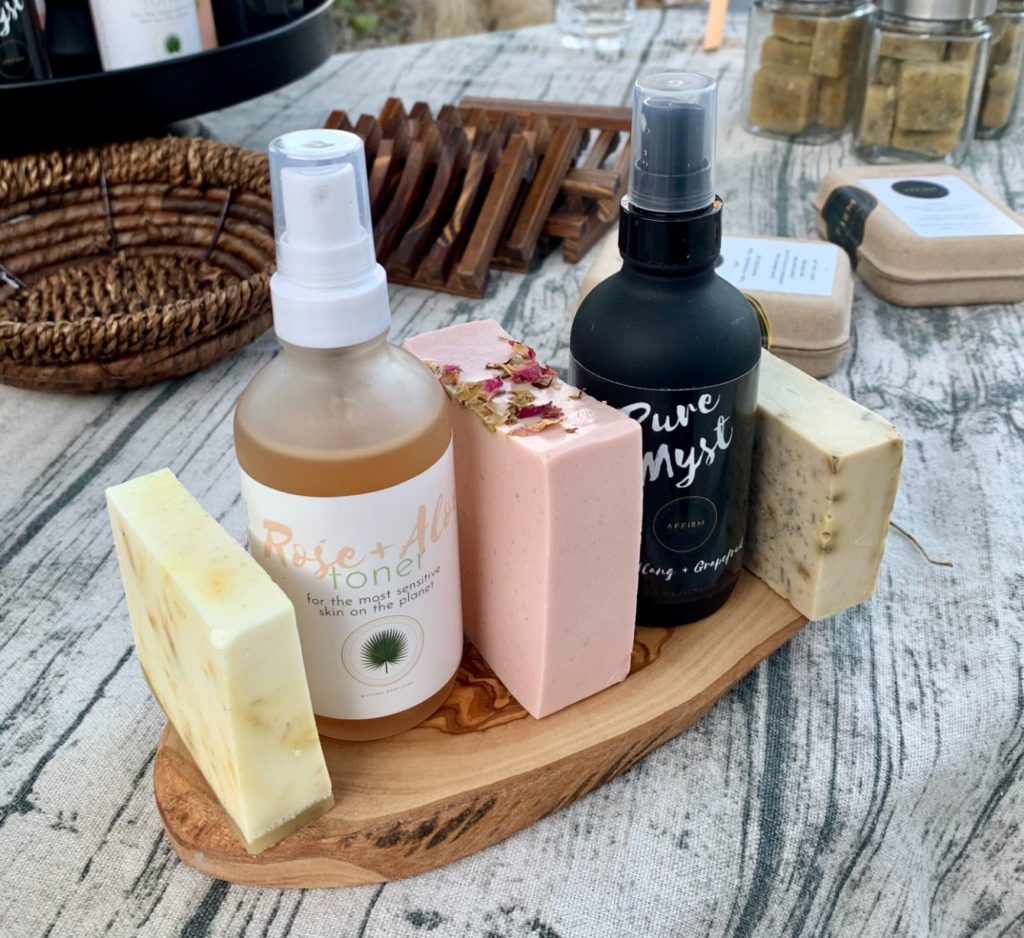 Examples of Great Retail Product Strategy
Examples of Great Retail Product Strategy
In our previous article, we highlighted several destinations that offered amazing wellness programming for guests. Those same locations also extend the experiences into the products they carry and offer excellent examples of retail revenue strategy in action:
- Canyon Ranch: Canyon Ranch sells branded supplements, eco-friendly wellness gear, and mindfulness tools that help guests maintain their routines at home.
- Miraval: Miraval seamlessly weaves retail into hospitality with responsibly sourced sleepwear, bedding ensembles, organic teas, and wellness accessories available for purchase, extending the sleep experience beyond checkout.
- RESET & Amangiri: RESET and Amangiri both offer their guests ecological retail options. Essential oil kits, refillable skincare, and sustainable accessories that reflect the desert ethos and environmental values.
- LeConte Lodge, Hike Inn & Opus Hut: All three locations offer handcrafted teas, zero-waste gear, and locally made wellness balms that reinforce their analog, low-impact brand promise..
Bringing It All Together
The key insight is that when you design retail as an extension of your wellness promise, it becomes more than a transaction. The retail buyers seeing the most success aren’t thinking about wellness products as add-on revenue; they’re thinking about them as essential components of the guest experience.
This approach requires rethinking your retail space, your product selection, and your sales process. But for properties willing to make that investment, the returns go far beyond immediate revenue. With wellness tourism projected to grow at 16.6% annually, the properties getting retail right are seeing it become a significant revenue stream that extends far beyond guest stays.
How will your destination bring this to life for your guests?




